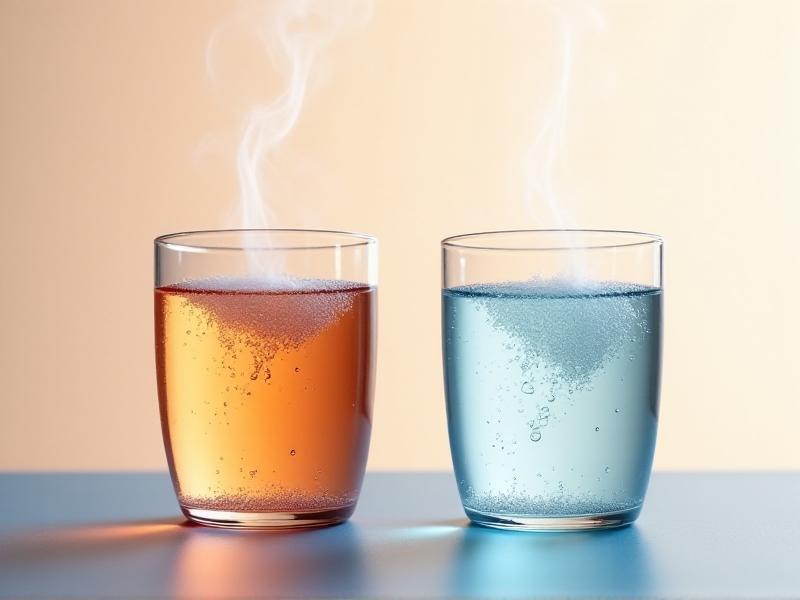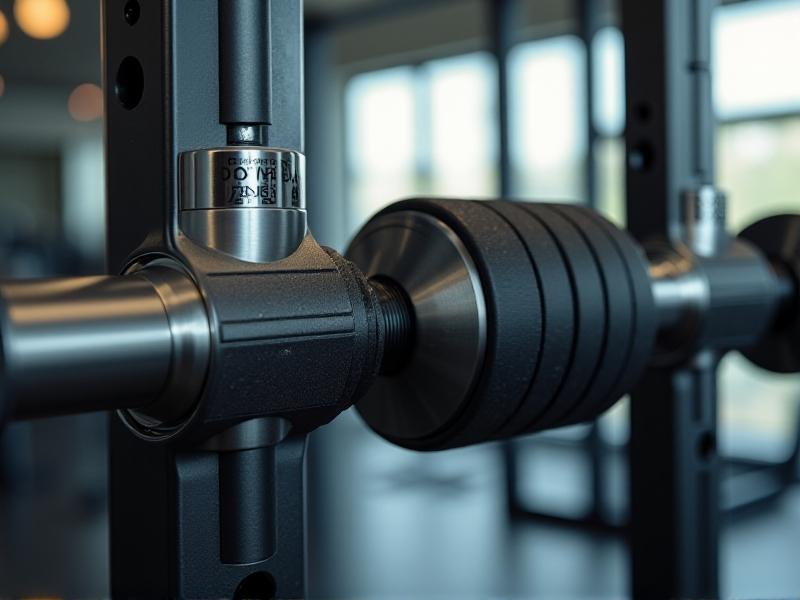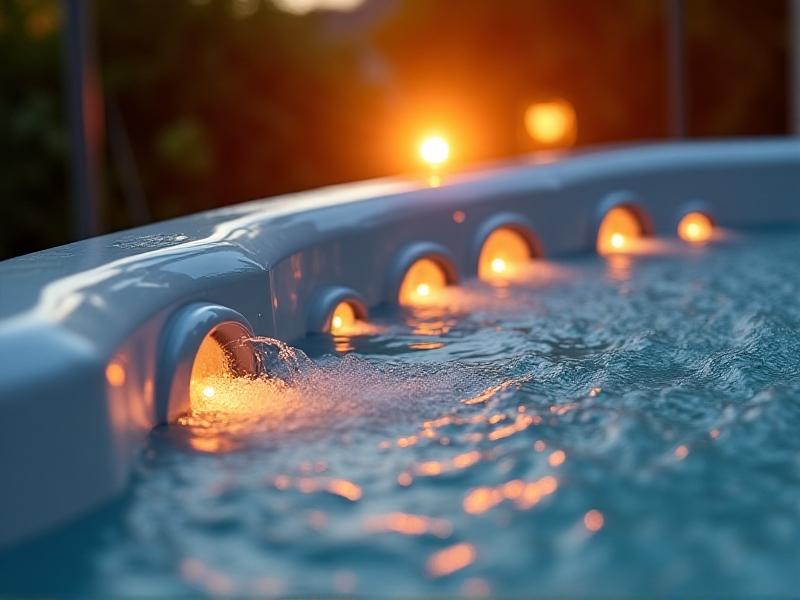Warm Water vs. Cool Water Symptom Impact
The Science Behind Water Temperature and Its Effects on the Body
Water temperature plays a significant role in how our bodies respond to hydration and external stimuli. Warm water, typically defined as water between 98°F and 104°F, can have a soothing effect on muscles and joints, promoting relaxation and improving circulation. On the other hand, cool water, ranging from 50°F to 70°F, can invigorate the body, reduce inflammation, and provide a refreshing sensation.
From a physiological perspective, warm water helps to dilate blood vessels, increasing blood flow and oxygen delivery to tissues. This can be particularly beneficial for individuals with muscle stiffness or chronic pain. Cool water, however, causes blood vessels to constrict, which can reduce swelling and numb pain, making it ideal for acute injuries or post-workout recovery.

Hydration and Digestion: Warm Water vs. Cool Water
When it comes to hydration, the temperature of the water you drink can influence how quickly your body absorbs it. Warm water is absorbed more rapidly by the body, making it an excellent choice for rehydration after intense physical activity or during illness. It can also aid in digestion by stimulating the digestive tract and breaking down food more efficiently.
Cool water, while refreshing, may slow down the digestive process slightly. However, it can be more appealing during hot weather or after strenuous exercise, as it helps to lower body temperature and replenish fluids lost through sweat. Both temperatures have their unique benefits, and the choice often depends on personal preference and specific needs.

Skin Health: How Water Temperature Affects Your Complexion
The temperature of the water you use to wash your face or bathe can have a noticeable impact on your skin. Warm water is effective at opening pores, allowing for a deeper cleanse and the removal of dirt, oil, and impurities. It can also improve blood circulation to the skin, giving it a healthy, radiant glow.
Cool water, however, is better suited for closing pores and tightening the skin, which can reduce the appearance of puffiness and redness. It is also less likely to strip the skin of its natural oils, making it a gentler option for those with sensitive or dry skin. Balancing the use of warm and cool water in your skincare routine can help maintain a healthy complexion.

Exercise Recovery: Warm Water for Relaxation, Cool Water for Inflammation
After a workout, the temperature of the water you use can significantly impact your recovery process. Warm water baths or showers can help relax tense muscles, reduce soreness, and promote overall relaxation. The heat encourages blood flow, which aids in the repair of muscle tissues and the removal of metabolic waste products.
Cool water, on the other hand, is particularly effective at reducing inflammation and swelling. Immersing yourself in cool water or applying cold compresses can numb pain and speed up the recovery of overworked muscles. Athletes often alternate between warm and cool water therapies to maximize their recovery benefits.
Mental Well-Being: The Psychological Effects of Water Temperature
The temperature of water can also influence your mental state and emotional well-being. Warm water is often associated with comfort and relaxation, making it a popular choice for stress relief. Taking a warm bath or shower can help calm the mind, reduce anxiety, and promote better sleep.
Cool water, however, can have an invigorating effect, boosting alertness and energy levels. It can be particularly helpful for combating fatigue or improving focus during the day. The choice between warm and cool water can depend on your mood and the desired psychological outcome.
Choosing the Right Water Temperature for Your Needs
Ultimately, the decision to use warm or cool water depends on your specific goals and circumstances. For relaxation, digestion, and muscle recovery, warm water is often the better choice. For reducing inflammation, refreshing the body, or improving mental alertness, cool water may be more effective.
It’s important to listen to your body and experiment with different temperatures to find what works best for you. Whether you’re hydrating, recovering from exercise, or simply looking to improve your well-being, understanding the impact of water temperature can help you make informed choices.








